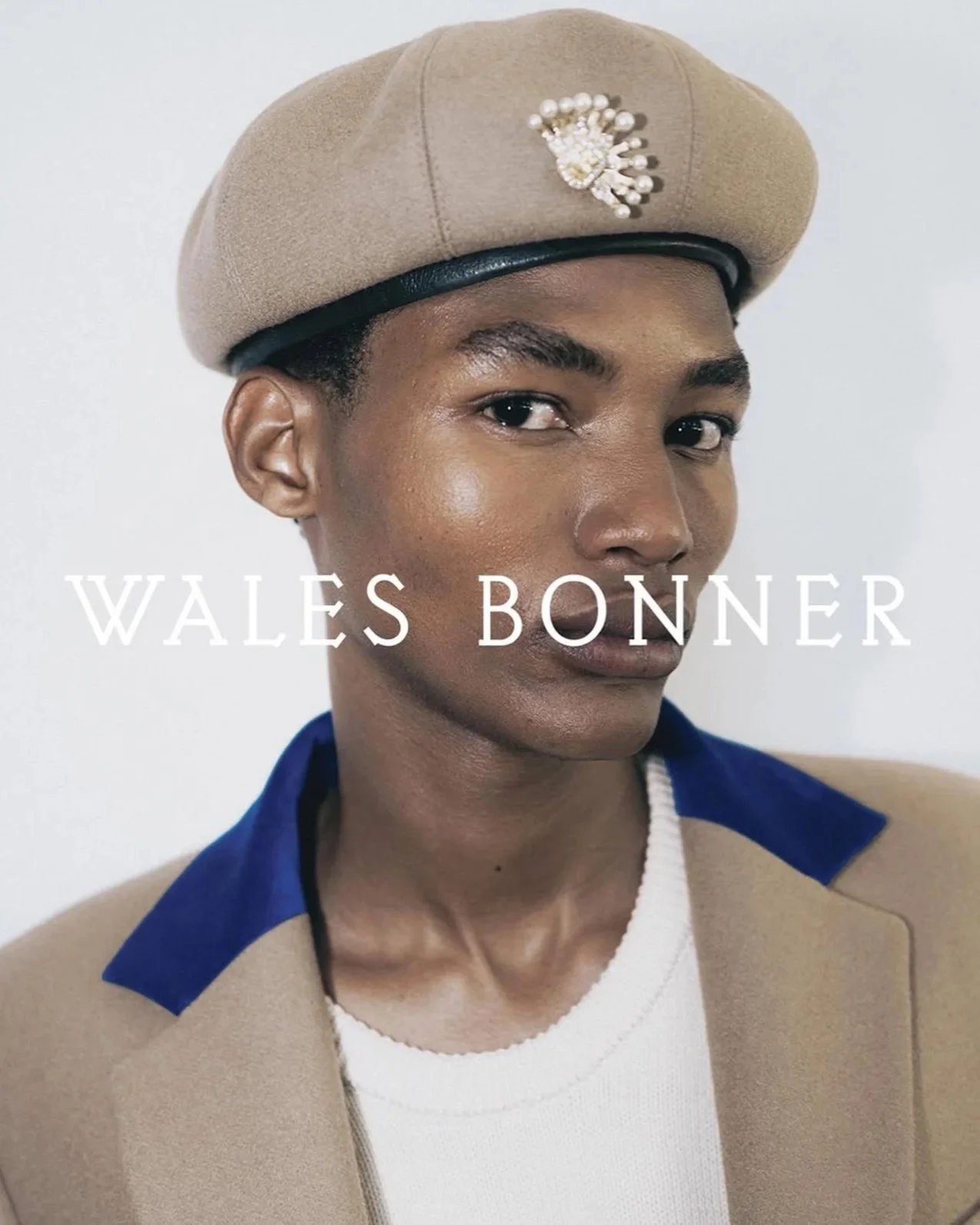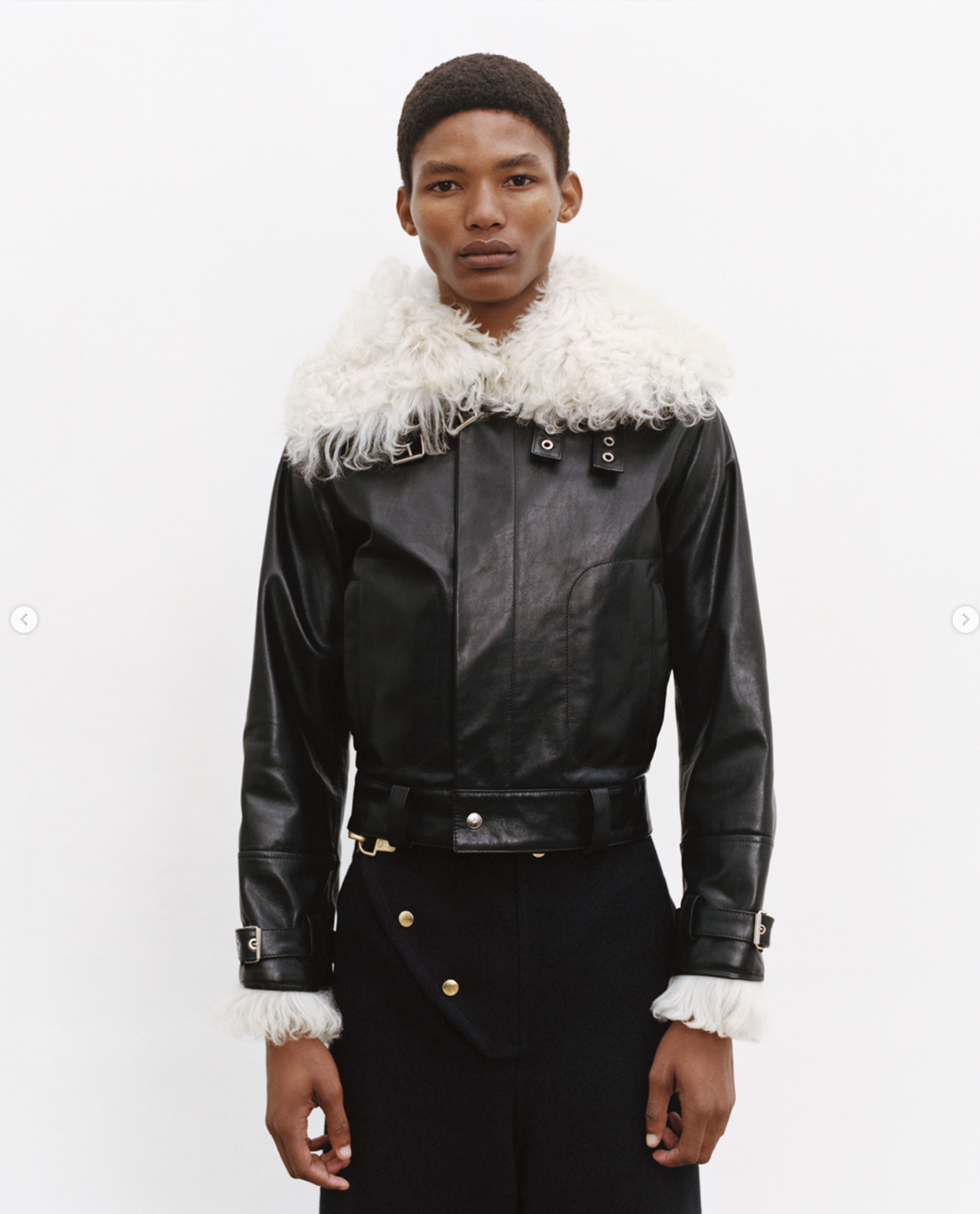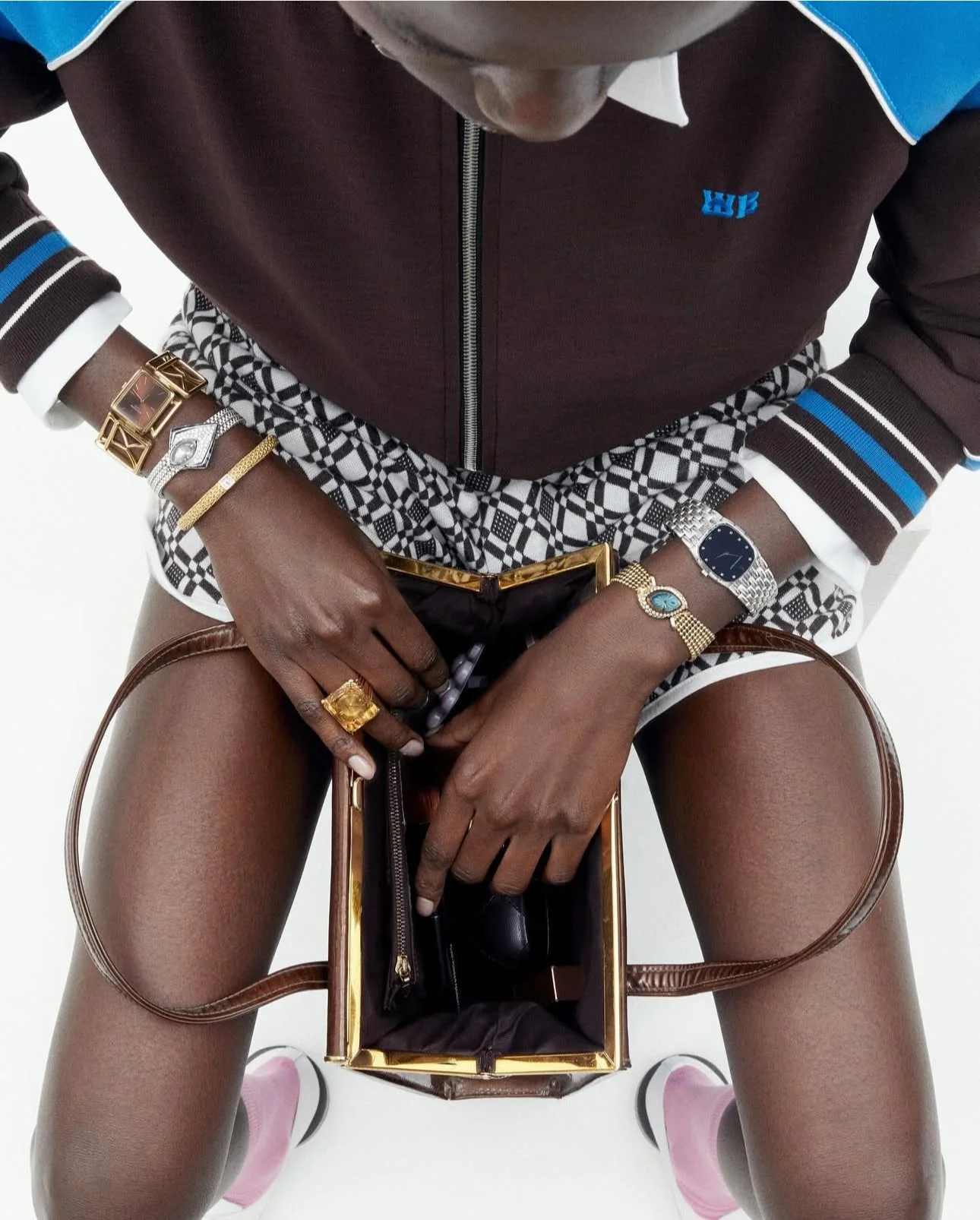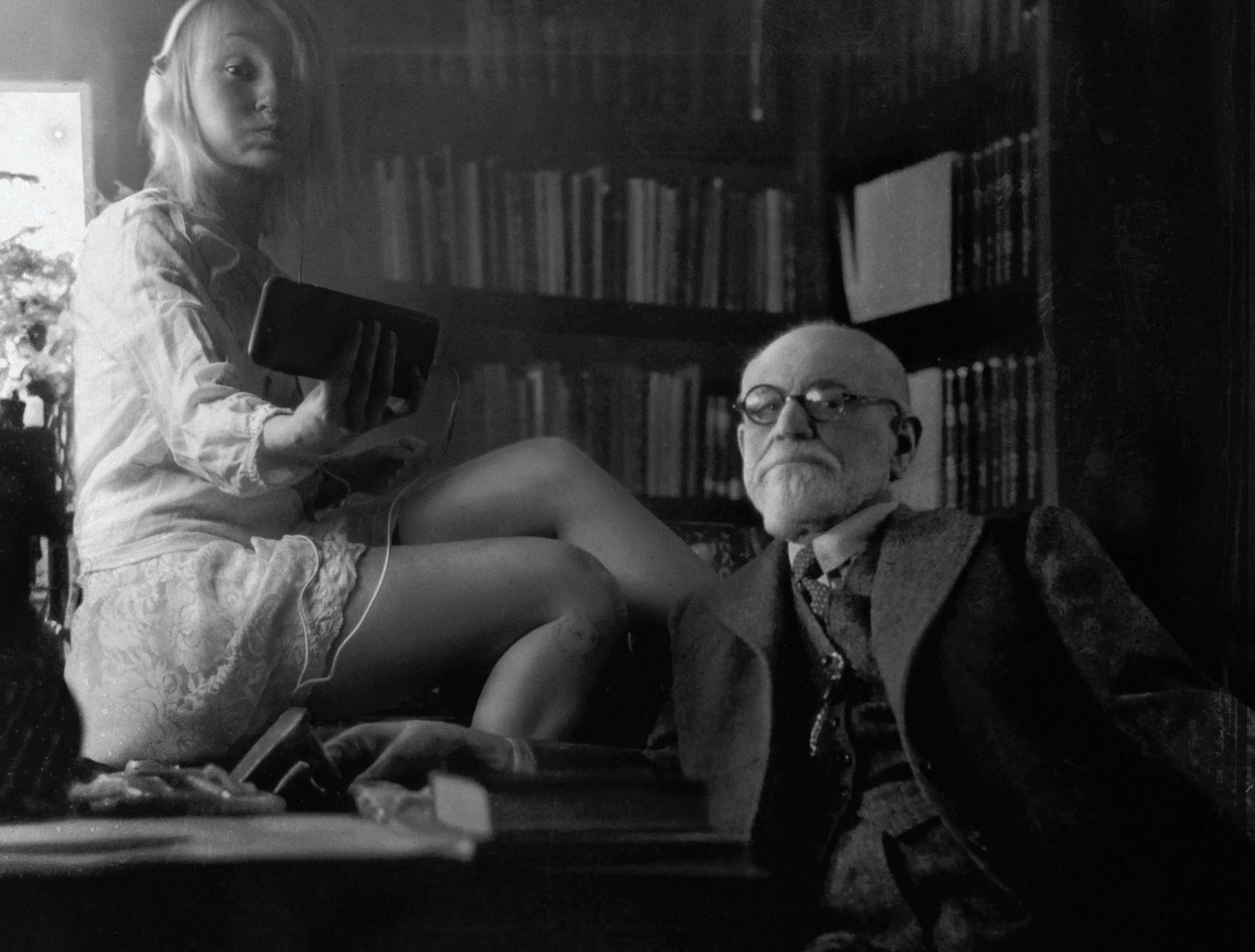Hermès and the New Cultural Luxury: Grace Wales Bonner’s Appointment Signals a Shift in Spirit
Grace Wales Bonner, photographed by Malick Bodian.
A Quiet Revolution at the House of Hermès
When Hermès announced in October 2025 that British designer Grace Wales Bonner would become its new Creative Director of Menswear, the news resonated far beyond fashion. The appointment marked the end of an era, with Véronique Nichanian stepping down after 37 years, and the beginning of a new chapter for one of the world’s most discreet yet powerful luxury houses.
It was not a flamboyant move. It was, in typical Hermès fashion, quiet yet deliberate. Rather than a revolution, it felt like an evolution — a gesture toward a deeper cultural dialogue. For a house known for understatement and craftsmanship, choosing Wales Bonner, a designer celebrated for her intellectual and culturally rooted vision, was a statement in itself.
“Hermès has always thrived on silence. Wales Bonner brings a language of meaning.”
A Designer Rooted in Culture and History
Born in London in 1990 to a British mother and Jamaican father, Grace Wales Bonner has always used fashion to explore identity and history. After graduating from Central Saint Martins, she gained early recognition for her 2014 collection Ebonics, a meditation on Black masculinity and sartorial heritage. Her dissertation, Black on Black, examined how fashion could articulate identity beyond the Western canon.
That same year, she launched her eponymous label, blending European tailoring with Afro-Atlantic spirituality, symbolism, and storytelling. Her work draws from literature, philosophy, and archives as much as from style itself. In 2016, she won the LVMH Young Designer Prize, and her label soon became a touchstone for thoughtful, slow fashion that is both cerebral and deeply human.
Over the past decade, Wales Bonner has collaborated with institutions and brands such as Adidas, Aesop, and The Serpentine Gallery, extending her creative vocabulary beyond garments into cultural dialogue. For her, clothing is not just design but research — a vessel for ideas.
The End of an Era and a Delicate Succession
Véronique Nichanian’s departure closes one of the longest creative tenures in contemporary fashion. For nearly four decades, she defined Hermès menswear through quiet confidence, timeless proportion, and material excellence. Her work embodied the house’s philosophy of refinement without spectacle.
Wales Bonner’s appointment feels both bold and careful. It respects the past while acknowledging the future. Hermès is not seeking disruption, but reflection. The brand’s official statement cited her “curiosity for artistic practice and sensitivity to cultural dialogues.” Her first collection, expected in January 2027, gives her time to immerse herself in the brand’s ateliers and archives — a rare privilege in an industry addicted to speed.
“This is not about replacing a legacy, but reinterpreting one.”
A New Language for Luxury
Hermès has always stood apart from its peers in its refusal to chase spectacle. While other houses rely on celebrity endorsements, viral shows, or logo-driven designs, Hermès remains grounded in authenticity and craftsmanship. Its power lies in its restraint — in the quiet precision of its artisans and the poetry of its materials.
Wales Bonner brings to that foundation a language of cultural depth. Her designs, often steeped in symbolism and cross-cultural reference, offer a kind of spiritual modernity. The real question is not whether she will change Hermès, but how she will interpret its codes through her own conceptual world.
If she succeeds, she could redefine what luxury means in the 21st century — not as novelty, but as narrative.
Does She Deserve the Role?
Professionally, she does. Her collections have earned critical acclaim and been shown in art institutions around the world. She represents a generation of designers who see fashion as inquiry rather than commerce. Her craftsmanship and restraint align with Hermès’ ethos, even if her aesthetic comes from a different tradition.
Yet the appointment raises fair questions. Will her introspective approach resonate with Hermès’ clientele? Can she merge her intellectual sensibility with the maison’s timeless codes? And more broadly, does this signal a genuine cultural expansion in luxury, or a strategic embrace of narrative and diversity?
Time will answer these questions — and patience, as always, is part of the Hermès philosophy.
Beyond Design: Symbolism and Timing
In a landscape where many luxury houses are accused of stagnation, Hermès’ choice feels quietly progressive. Wales Bonner’s arrival represents both a generational and symbolic shift in what French luxury can mean in 2025.
Her appointment fits into a broader industry movement where designers merge art, heritage, and identity. Names like Rhuigi Villaseñor at Bally and Pharrell Williams at Louis Vuitton have reshaped cultural leadership within fashion. Yet while those moves were loud and image-driven, Hermès’ decision feels introspective — a step toward evolution through thought rather than visibility.
For Hermès, this may mark the dawn of cultural luxury: a space where craftsmanship meets intellect, and storytelling becomes a measure of value.
“The future of luxury may not be louder — just more meaningful.”
What to Expect Next
With her debut scheduled for 2027, Wales Bonner now has the rare chance to absorb Hermès from within. Immersion in its ateliers, archives, and philosophy will allow her to craft a vision that feels authentic rather than imposed. If she succeeds, she may usher in a new era of menswear that feels personal, poetic, and profoundly human.
Her challenge will be to balance conceptual depth with commercial clarity. Hermès clients may not buy ideas, but they do buy meaning. If she can bridge the two, she could redefine how menswear expresses intellect and emotion at the highest level.
Cultural Luxury in the Age of Authenticity
This appointment represents more than a shift in creative leadership. It reflects a new understanding of what luxury can be. The creative director’s role today is not only to design but to define cultural meaning.
Hermès, with its long history of artistry and discretion, may have found in Grace Wales Bonner a designer capable of transforming fashion into quiet philosophy. Whether her aesthetic resonates widely or not, the gesture itself matters. It shows that in 2025, heritage and consciousness are no longer in opposition. They are, instead, two sides of the same coin.
Sources:
The Guardian, Le Monde, Vogue, Business of Fashion, Fashionista, Financial Times, Euronews Culture
Work by Grace Wales Bonner. Images courtesy of @walesbonner.
A premium space for clarity, motivation, and soulful success. Transform your mindset. Refine your vision. Reignite your passion. SMP Journal Privé is your monthly sanctuary for intentional growth, creative clarity, and elevated living. It’s designed for founders, dreamers, and modern creatives who want to build beautiful lives and meaningful brands without burning out.

























